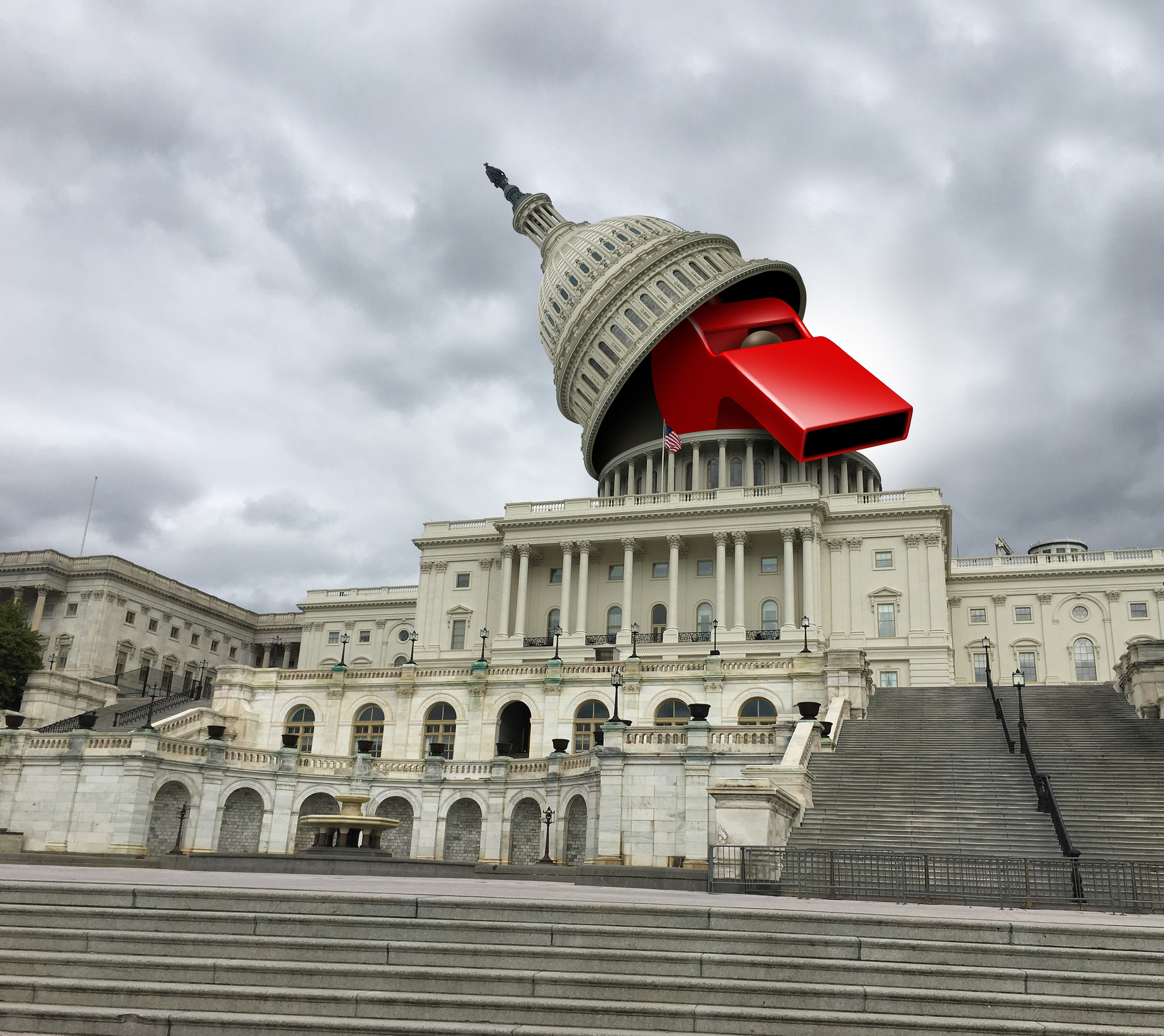OSHA’s Whistleblower Protection Gets a COVID-19 Update
The Occupational Safety and Health Administration (OSHA) has protections in place for workers who choose to file a complaint against their employer. OSHA currently administers over twenty whistleblower protection laws, including Section 11(c) of the Occupational Safety and Health (OSH) Act, which prohibits retaliation against employees who complain about unsafe or unhealthful conditions or exercise other rights under the OSH Act.
A whistleblower complaint must allege four key elements:
- The employee engaged in activity protected by the whistleblower protection law(s) (such as reporting a violation of a law);
- The employer knew about, or suspected, that the employee engaged in the protected activity;
- The employer took an adverse action against the employee;
- The employee’s protected activity motivated or contributed to the adverse action.
Each law has a filing deadline, varying from 30 days to 180 days, which starts when the retaliatory action occurs.
Whistleblower Update for COVID-19
January’s Presidential Executive Order on Protecting Worker Health and Safety directs OSHA to focus enforcement on violations that put the largest number of workers at increased COVID-19 exposure. It also focuses on employers who retaliate against employees that complain about unsafe or unhealthy conditions. OSHA responded by developing a National Emphasis Program (or NEP for short).
This NEP includes an added focus to ensure that workers are protected from retaliation and are accomplishing this by preventing retaliation where possible, distributing anti-retaliation information during inspections and outreach opportunities, and promptly referring allegations of retaliation to the Whistleblower Protection Program.
Workers requesting inspections, complaining of COVID-19 exposure, or reporting injuries or illnesses or retaliation, may be covered under one or more whistleblower protection statutes.
OSHA’s Whistleblower Protection Program also enforces the whistleblower provisions of more than 20 whistleblower statutes protecting employees from retaliation for reporting violations of various workplace safety and health, airline, commercial motor carrier, consumer product, environmental, financial reform, food safety, health insurance reform, motor vehicle safety, nuclear, pipeline, public transportation agency, railroad, maritime, securities, tax, antitrust, and anti-money laundering laws, and for engaging in other related protected activities.
Now’s a Great Time to Tighten Your Anti-Retaliation Program
If you’re new to the concept, OSHA’s written an easy-to-follow guide on establishing an effective anti-retaliation program.
The programs hinge on these five keys:
The increased enforcement means companies should step up their game when it comes to employee health and safety in the workplace. Companies should consider additional training, auditing their existing policies and procedures, listening to workers who have safety concerns in the workplace, and correcting all unsafe conditions promptly.
Stronger anti-retaliation enforcement will likely mean increased oversight of how companies treat whistleblowers and could also mean that whistleblowers will be more likely to come forward with violation information.
What Is Retaliation?
According to OSHA, retaliation is an adverse action against an employee because of activity protected by one of these whistleblower laws. Retaliation can include several types of actions, such as:
- Firing or laying off
- Blacklisting
- Demoting
- Denying overtime or promotion
- Disciplining
- Denying benefits
- Failing to hire or rehire
- Intimidation
- Making threats
- Reducing pay or hours
- Reassignment affecting promotion prospects
Filing a Whistleblower Complaint
Workers can file whistleblower complaints by telephone, in person, or online. A whistleblower complaint filed with OSHA cannot be filed anonymously. Once the complaint is filed, OSHA will contact the filer to determine whether to conduct an investigation. If OSHA proceeds with an investigation, OSHA will notify the employer of the complaint and provide the employer with an opportunity to respond.
Employee Complaints Are Still The Number One Trigger for OSHA Investigations
Beyond COVID-19, managers often don’t take workforce health and safety concerns seriously. Employees tend to raise issues internally before complaining to OSHA. Still, management sometimes writes those complaints off as trivial or invalid, even when they point to genuine hazards that can be easily addressed. Ignoring an employee complaint could lead to a frustrated employee picking up the phone and calling OSHA. If OSHA feels the concern is legitimate, they could soon be knocking on that employer’s door.
Read: The Not So Surprising Link Between Employee Complaints and OSHA Citations
Have questions? Looking for more information about OSHA’s whistleblower program?
The most effective way to minimize the chances of an employee filing a complaint with OSHA is simple: make sure you’re providing your workforce with a safe working environment. Train your employees, correct all known hazards promptly, prevent potential hazards, build and maintain a safety culture, and ensure every element of a functioning safety program is in place. The fewer risks in your workplace, the fewer reasons employees have to blow the whistle.
Looking for more information and tips about staying off of the regulatory radar?
KPA’s here to help.

